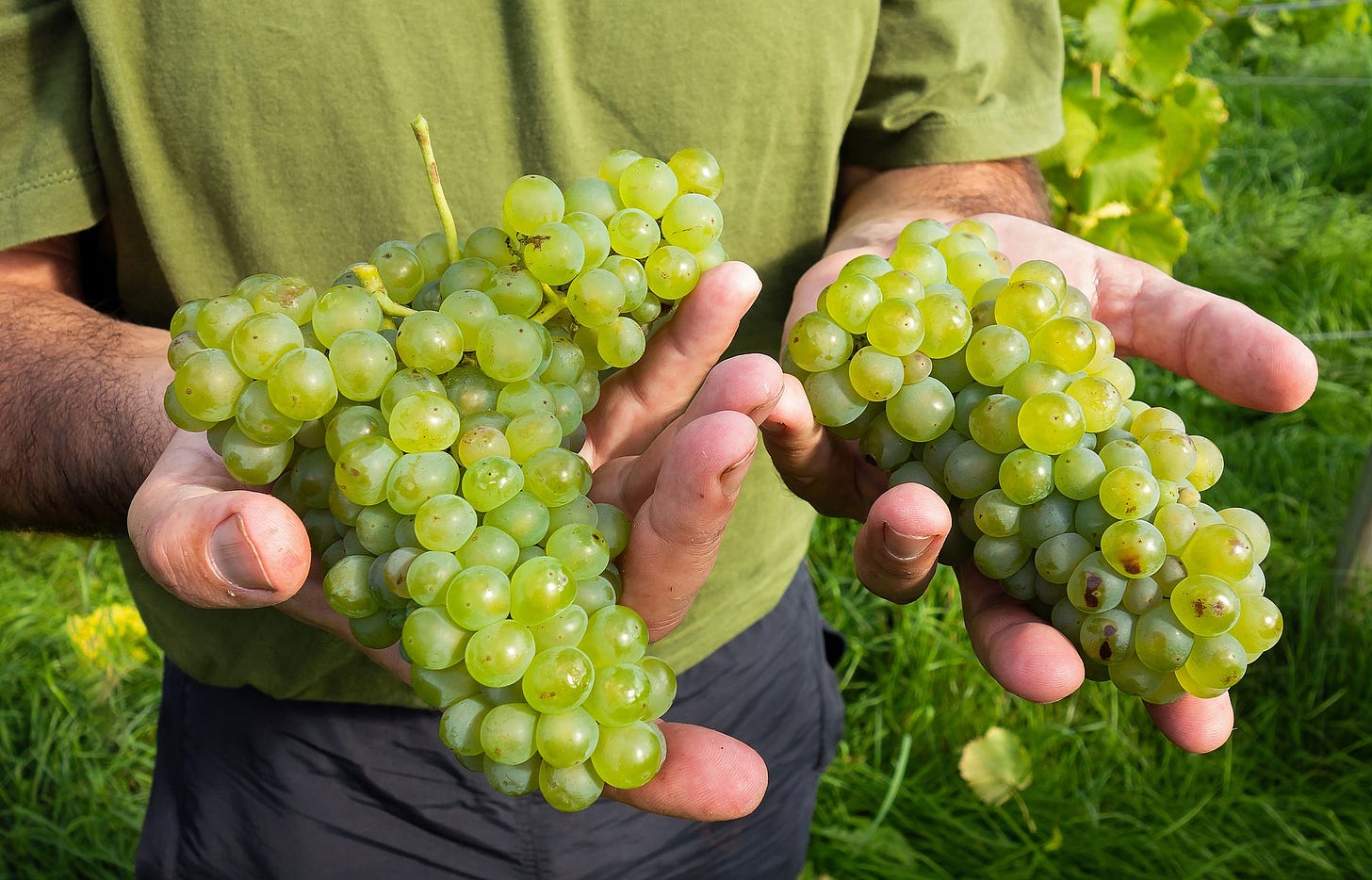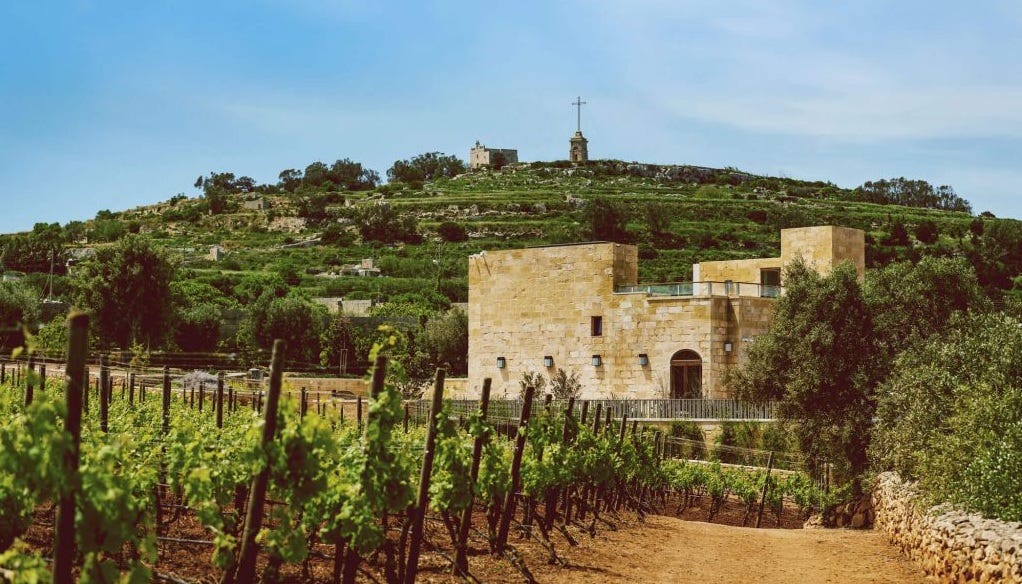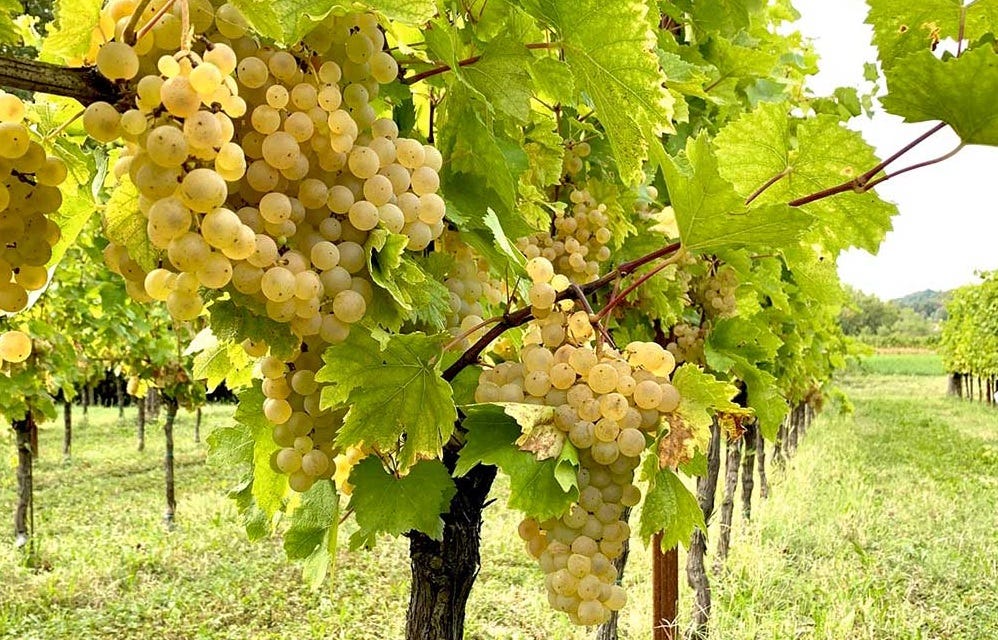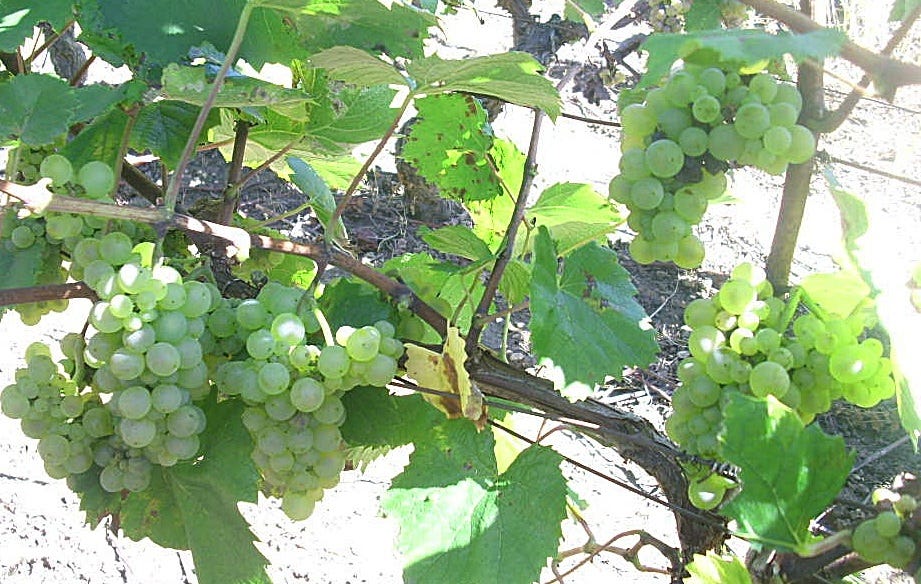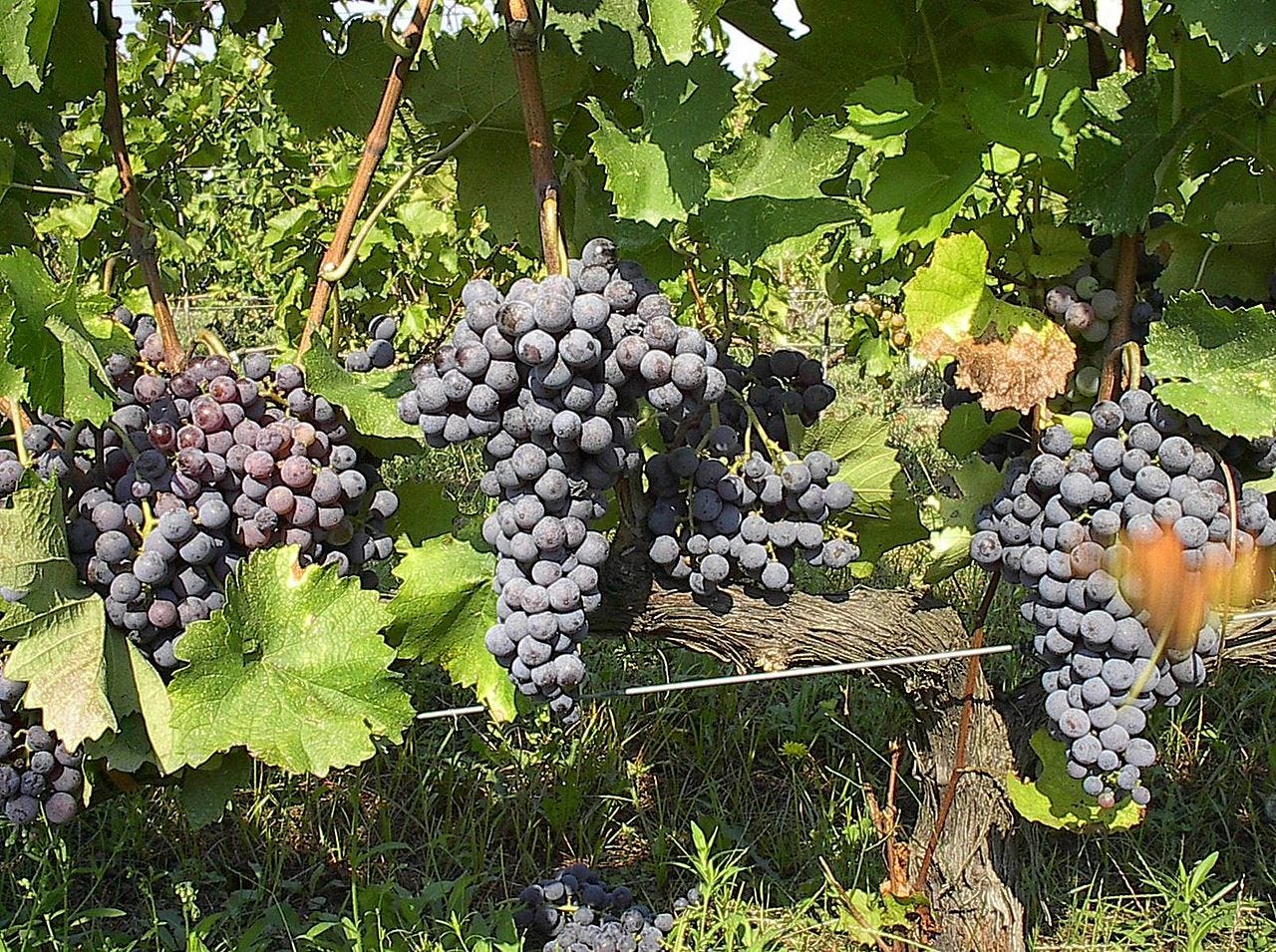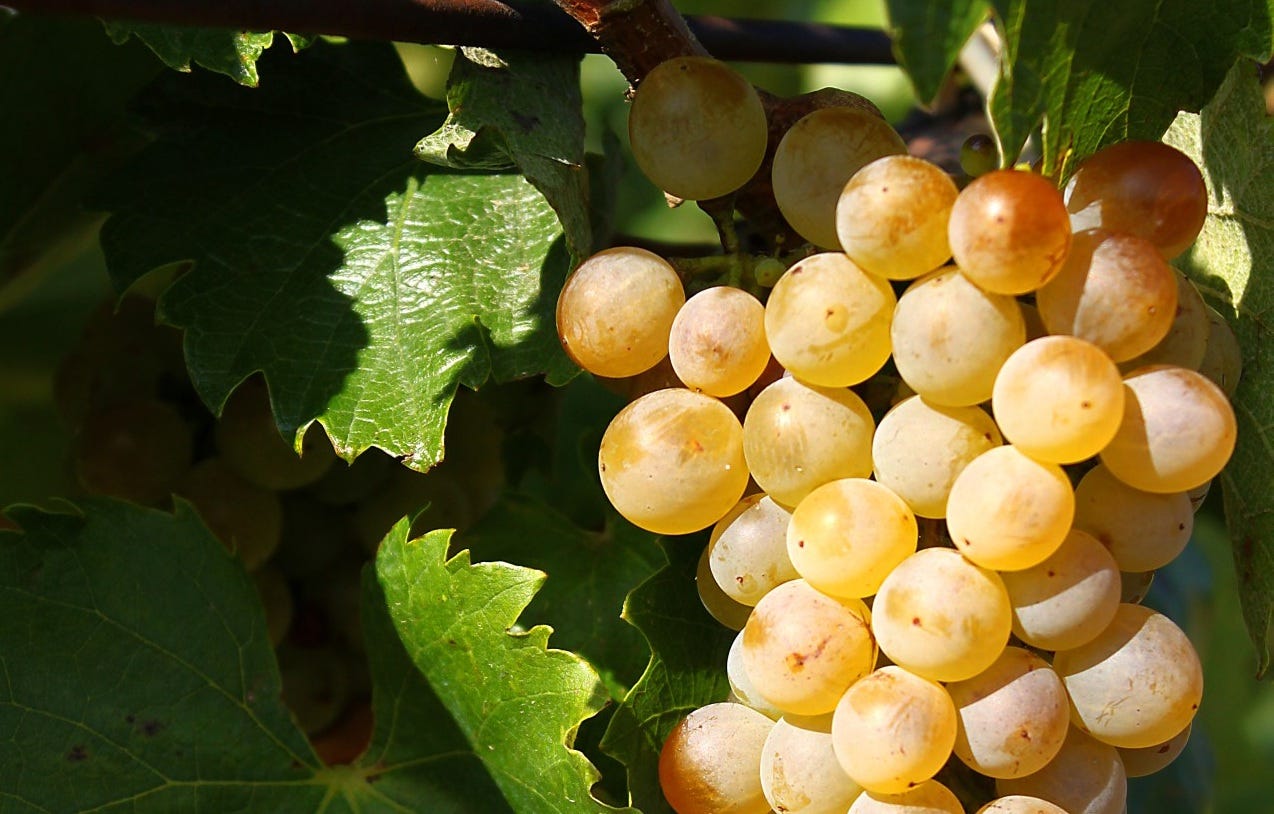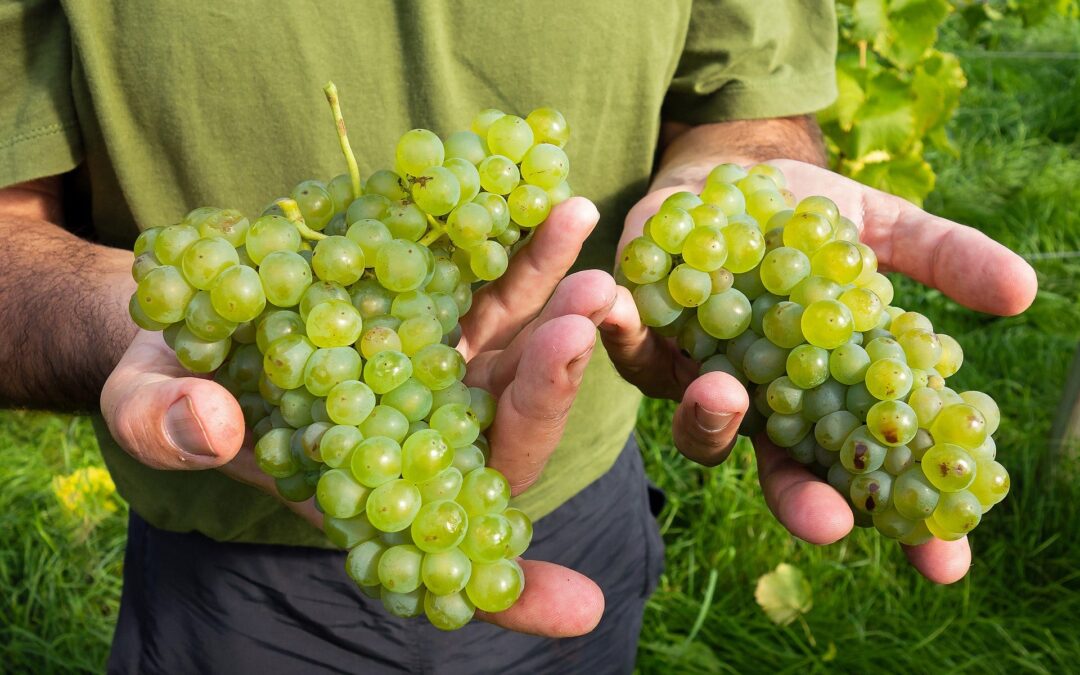
by lspeed | Oct 15, 2025 | DECODING GRAPES: FROM VINES TO VINTAGE
Few grape varieties have changed the conversation around cool-climate winemaking quite like Solaris. Created in Germany in the 1970s, it has since found a second life in northern Europe and Canada, proving that serious wines can be made in regions once considered too cold or too damp for viticulture.
German beginnings
Solaris was bred in 1975 at the Freiburg Wine Institute, part of an ongoing effort to produce grapes that could withstand northern European conditions. Its lineage is complex – Merzling crossed with a Seyve-Villard hybrid, and a Riesling × Pinot Gris line. The intended result was a grape that ripens early, resists mildew, and still carries the aromatic character winegrowers and drinkers look for. The name, meaning “of the sun,” nods to its ability to ripen quickly and dependably.
What growers value
For a grower, Solaris solves a big problem. It reaches maturity weeks ahead of many vinifera varieties, often by the end of August. In climates where autumn comes fast and frost can destroy a harvest, that reliability is a major advantage. Its resistance to fungal diseases further reduces risk and lowers the need for heavy spraying, which is why it has become popular among organic and low-intervention producers.
What drinkers taste
The wines themselves are surprisingly expressive. Solaris shows tropical fruit, such as pineapple, mango, sometimes passionfruit. In cooler years, the profile shifts toward green apple and lime, bringing it closer to Sauvignon Blanc. Its natural sugars can be high, which gives winemakers the flexibility of creating dry wines with weight and ripeness, late-harvest and icewine styles, or even sparkling wines with crisp fruit.
Where it grows now
Though German by origin, Solaris has been adopted with enthusiasm further north. Sweden and Denmark both produce award-winning examples, using it to define a new style of Scandinavian white wine. In the UK, Solaris joins Bacchus and Pinot Noir Précoce as part of the country’s expanding still-wine portfolio. Canada, particularly Ontario, has also embraced it, where its combination of ripeness and acidity works well for both dry and sweet expressions.
Looking ahead
Solaris is not just a technical solution for challenging climates; it’s also a marker of where wine is heading. As producers search for varieties that need fewer chemical treatments and that can cope with shifting weather patterns, grapes like Solaris offer an alternative to the traditional canon. Consumers, meanwhile, are discovering distinct wines from new places, expanding the definition of what fine wine regions look like.
Image Credit: https://wikipedia.org/
_ _ _
© CHURRASCO PHUKET STEAKHOUSE / ALL RIGHTS RESERVED
Reprinting, reposting & sharing allowed, in exchange for a backlink and credits
Churrasco Phuket Steakhouse serves affordable Wagyu and Black Angus steaks and burgers. We are open daily from 12noon to 11pm at Jungceylon Shopping Center in Patong / Phuket.
We are family-friendly and offer free parking and Wi-Fi for guests. See our menus, reserve your table, find our location, and check all guest reviews here:
https://ChurrascoPhuket.com/
#Churrascophuket #jungceylon #phuketsteakhouse #affordablewagyu #wagyu
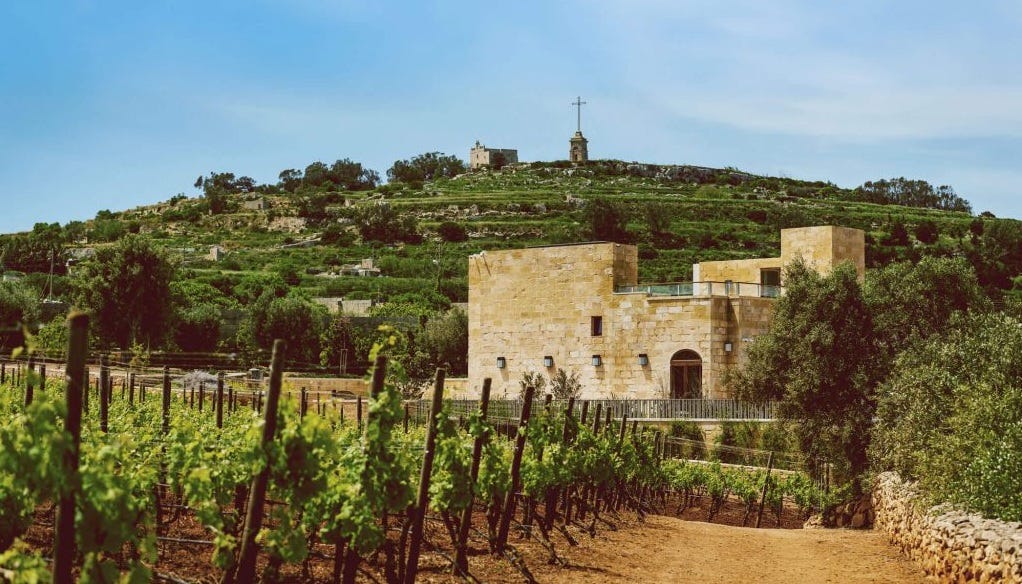
by lspeed | Oct 10, 2025 | DECODING GRAPES: FROM VINES TO VINTAGE
History
Wine production in Malta dates back thousands of years. The Phoenicians introduced vines and viticulture to the islands as early as 800 BC. Later, Roman settlers expanded vineyard plantings and embedded wine in daily life and trade. During the Arab period, vine cultivation declined but was not erased. The arrival of the Knights of St John in the sixteenth century gave viticulture new momentum. The Knights encouraged planting, and wine was both consumed locally and traded across the Mediterranean.
In the nineteenth century, phylloxera devastated many European vineyards. Malta was affected less severely but nonetheless saw a restructuring of its vineyards. British colonial presence also influenced wine consumption patterns, introducing fortified wines and a taste for imported labels. For much of the twentieth century, Maltese wines were dominated by bulk production with limited international exposure. From the 1970s onward, investment in modern winemaking began to raise quality standards. EU membership in 2004 reinforced regulatory frameworks and introduced protected designations that helped shape Malta’s contemporary wine identity.
Appellations
Malta’s small land area and limited vineyard holdings mean its wine sector is compact yet regulated. Two designations now structure production: DOK (Denominazzjoni ta’ Origini Kontrollata) for wines from Malta and from Gozo, and IĠT (Indikazzjoni Ġeografika Tipika) for broader geographical wines. These frameworks mirror continental European models and provide producers with a clear labeling system.
The country’s warm Mediterranean climate, moderated by sea breezes, provides conditions well suited to both indigenous and international grape varieties. Rainfall is scarce in summer, making water management a critical aspect of viticulture. The limestone soils, ranging from deep clay to rocky outcrops, add further variation in vineyard expression.
Grape Varieties
Maltese vineyards host a mix of native and international grapes. The two principal indigenous varieties are Gellewza (red) and Girgentina (white). Gellewza has traditionally produced light reds and rosés, though modern vinification has shown its potential for more structured styles. Girgentina is valued for producing fresh white wines suited to local cuisine and climate.
Alongside these, international grapes dominate acreage. Cabernet Sauvignon, Merlot, Syrah, Grenache, and Chardonnay are widely planted. Viognier, Sauvignon Blanc, and Moscato have also found niches. Producers often use international grapes to make varietal wines for export markets, while native varieties remain an anchor for wines aimed at emphasizing Maltese heritage.
Main Wines
The Maltese portfolio today spans red, white, and rosé wines, with sparkling and sweet wines appearing in smaller volumes.
-
Red wines: Based largely on Merlot, Syrah, and Cabernet Sauvignon, often blended with Gellewza. These wines can range from youthful fruit-driven styles to more complex barrel-aged expressions.
-
White wines: Chardonnay leads, sometimes blended with Girgentina or Sauvignon Blanc. Whites often emphasize freshness and balance.
-
Rosé wines: Popular locally, produced mainly from Gellewza or blends with Syrah.
-
Sparkling wines: A niche category, often from Chardonnay and Girgentina, produced both by Charmat and traditional methods.
-
Sweet wines: Limited but present, sometimes from Moscato or late-harvested Girgentina.
The sector is led by a handful of major wineries, including Marsovin and Delicata, which operate extensive vineyard contracts and modern facilities. Smaller boutique producers have emerged, often highlighting native grapes and artisanal methods. Together, they ensure that Malta offers both commercial volumes and niche wines.
Market Reach
Malta’s domestic market is the principal outlet, with restaurants, hotels, and tourism driving demand. The local population is small, so visitor consumption plays an essential role in sustaining volumes. Cruise passengers, resort guests, and business travelers are introduced to Maltese wines, often leading to modest export opportunities.
Exports remain limited due to small production and high domestic demand. The United Kingdom, Italy, and northern European countries are the main external markets. Export strategies often focus on wines that emphasize Maltese origin and heritage, such as bottlings of Gellewza and Girgentina, while international varietals compete in broader markets.
Outlook
The Maltese wine industry stands at the intersection of history and modern practice. While volume will always be modest, there is space for growth in recognition, particularly through tourism and niche export markets. Trade professionals assessing Malta should note its dual identity: on one hand, a heritage of Gellewza and Girgentina, and on the other, a commercially viable range of international varietals. Its wines reflect a unique Mediterranean setting and a determined focus on consistent quality. For aficionados, Maltese wines represent a compact but distinctive addition to the wider European portfolio.
Image Credit: https://www.tabetta.com/
_ _ _
© CHURRASCO PHUKET STEAKHOUSE / ALL RIGHTS RESERVED
Reprinting, reposting & sharing allowed, in exchange for a backlink and credits
Churrasco Phuket Steakhouse serves affordable Wagyu and Black Angus steaks and burgers. We are open daily from 12noon to 11pm at Jungceylon Shopping Center in Patong / Phuket.
We are family-friendly and offer free parking and Wi-Fi for guests. See our menus, reserve your table, find our location, and check all guest reviews here:
https://ChurrascoPhuket.com/
#Churrascophuket #jungceylon #phuketsteakhouse #affordablewagyu #wagyu
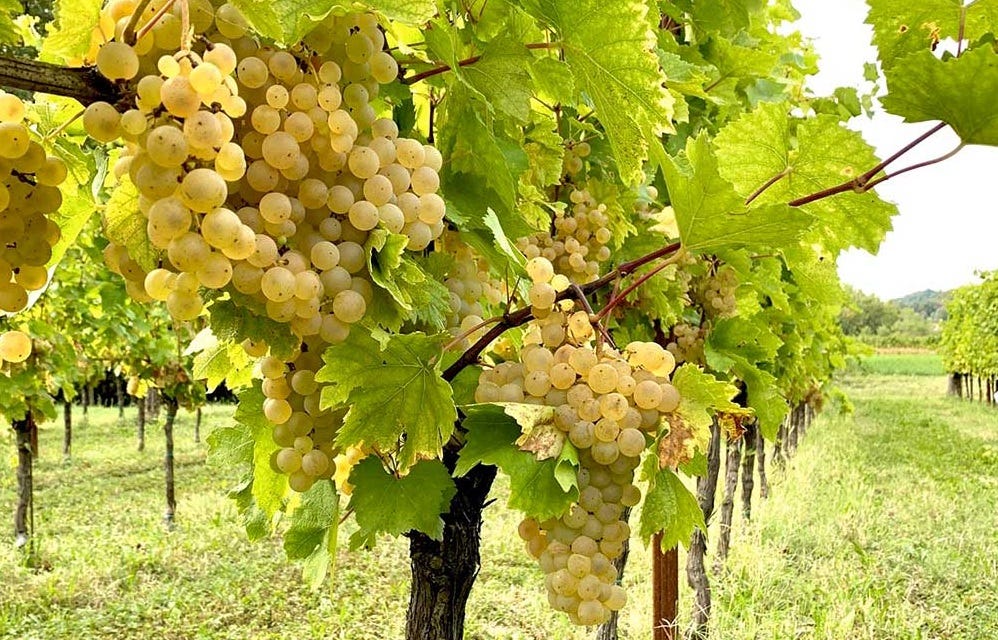
by lspeed | Oct 5, 2025 | DECODING GRAPES: FROM VINES TO VINTAGE
Ribolla Gialla is a white grape with roots in northeastern Italy. Historical records trace it back to the Middle Ages, when it was planted widely in the Collio hills near the Slovenian border. Across the frontier it is called Rebula, where it has long been grown in the Goriška Brda and Vipava Valley. While once considered a local wine for everyday use, it has become the poster child of modern Friulian whites and the revival of long-maceration styles that shaped today’s “Orange Wine” movement.
Geographical Reach
The variety’s core lies in Friuli Venezia Giulia—Collio, Colli Orientali, Isonzo, and Carso—where producers treat it as a regional signature. In Slovenia, especially Brda and Vipava, Rebula is equally important, forming a bridge across a shared wine culture. Smaller but growing plantings exist in Croatia’s Istria, Austria’s Styria, and more recently in experimental vineyards in California, Oregon, and New Zealand. Outside its European base, plantings remain rare, but the grape is attracting interest among winemakers looking for fresh, high-acid whites or suitable grapes for skin-contact winemaking.
Wines Styles
-
Dry Whites: Typically fermented in stainless steel or large neutral casks. Wines are pale, light on fruit, and emphasize acidity and texture.
-
Skin-Contact “Orange” Wines: Ribolla Gialla’s thick skins make it well suited for extended maceration. These wines range from golden to amber, with firm tannins. They are central to the Friulian and Slovenian tradition of orange wines.
-
Sparkling: The grape’s high acidity is ideal for metodo classico sparkling wines as well as lighter Charmat-method styles. These are increasingly seen in Friuli, sometimes marketed as a regional specialty.
-
Sweet and Late Harvest: Produced occasionally in warm vintages, usually in very small volumes.
Main Labels
Cellaring
Classic dry Ribolla is best enjoyed within a few years for freshness, while skin-contact versions can age for a decade or more. Sparkling Ribolla is a younger development, but several Friulian houses are positioning it as an identity wine for the region. Increasing international plantings suggest that Ribolla Gialla may continue to find a niche among winemakers searching for high-acid, versatile grapes adaptable to both traditional and experimental styles.
Image Credit: https://www.cadibon.it/wp-content/uploads/2021/06/vendemmia-Ribolla-Gialla-2021.jpg
_ _ _
© CHURRASCO PHUKET STEAKHOUSE / ALL RIGHTS RESERVED
Reprinting, reposting & sharing allowed, in exchange for a backlink and credits
Churrasco Phuket Steakhouse serves affordable Wagyu and Black Angus steaks and burgers. We are open daily from 12noon to 11pm at Jungceylon Shopping Center in Patong / Phuket.
We are family-friendly and offer free parking and Wi-Fi for guests. See our menus, reserve your table, find our location, and check all guest reviews here:
https://ChurrascoPhuket.com/
#Churrascophuket #jungceylon #phuketsteakhouse #affordablewagyu #wagyu
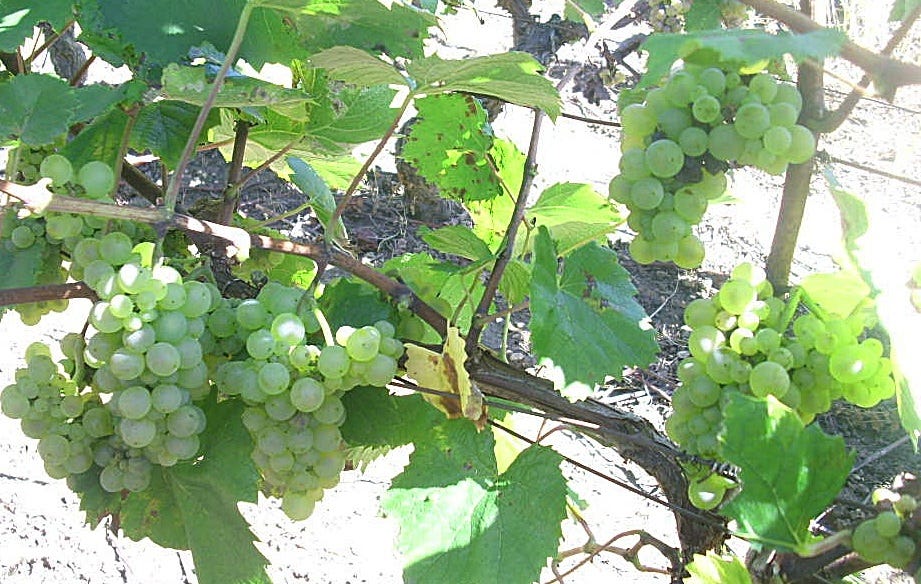
by lspeed | Sep 21, 2025 | DECODING GRAPES: FROM VINES TO VINTAGE
When people think of Burgundy wines, Chardonnay and Pinot Noir dominate the conversation. Yet tucked into corners of this famous region grows a grape that has long played a supporting role, occasionally overlooked but increasingly appreciated: Aligoté. This white grape may not have the glamour of its golden neighbor Chardonnay, but it carries a crisp personality and an enduring tradition worth knowing.
Origins and History
Aligoté is believed to have originated in Burgundy, where written references date back to the 18th century. It is a natural crossing of Pinot Noir and Gouais Blanc, the latter being a prolific “parent” grape responsible for several European varieties. Historically, Aligoté was planted in less prestigious vineyard sites, often on higher, cooler slopes where Chardonnay struggled to ripen. For generations, it served as a workhorse grape, producing simple, tangy wines that locals drank young or blended into sparkling Crémant de Bourgogne.
Style and Characteristics
At its best, Aligoté offers a bright, linear profile. It is typically light-bodied with elevated acidity, making it refreshing and food-friendly. Flavors lean toward green apple, citrus zest, white flowers, and sometimes a faint nuttiness with age. Unlike Chardonnay, which can take on opulence from oak and malolactic fermentation, Aligoté is usually made in a straightforward, unoaked style to preserve its crispness. The result is a wine that is less about plush texture and more about clarity and refreshment.
Regional Expressions
The spiritual home of Aligoté remains Burgundy, where the appellation Bourgogne Aligoté AOC was created in 1937 to protect and promote the grape. Within this, the Bouzeron AOC, established in 1997, is dedicated solely to Aligoté. Bouzeron’s wines, particularly from producers like Domaine A. & P. de Villaine, show that this grape can rise above its reputation for simplicity when planted on the right soils and given careful attention.
Beyond Burgundy, Aligoté has spread to Eastern Europe, particularly Bulgaria, Romania, Ukraine, and Russia, where it became widely planted in the 20th century. In these countries it was often used for blending, though some varietal bottlings exist. More recently, small plantings in Oregon, California, and even England have surfaced, offering new interpretations of its bright style.
Cultural Role
Perhaps Aligoté’s most enduring cultural contribution is its role in the Kir cocktail. The drink—white wine with a splash of crème de cassis—was popularized in Dijon in the mid-20th century, when the local mayor, Félix Kir, promoted it as a regional specialty. At the time, Aligoté was seen as a rather tart wine on its own, so the cassis liqueur softened its sharpness. Today, Kir remains a symbol of Burgundian conviviality.
Contemporary Reputation
In recent decades, Aligoté has benefited from a reassessment. As Chardonnay prices and prestige continue to climb, wine drinkers seeking value and freshness are turning to this once-humble grape. In the hands of quality-focused growers, Aligoté can be nuanced, mineral-driven, and surprisingly age-worthy. While it will likely never unseat Chardonnay as Burgundy’s crown jewel, it has secured a loyal following and a place in the global conversation about distinctive, characterful white wines.
Image Credit: https://wikipedia.org
_ _ _
© CHURRASCO PHUKET STEAKHOUSE / ALL RIGHTS RESERVED
Reprinting, reposting & sharing allowed, in exchange for a backlink and credits
Churrasco Phuket Steakhouse serves affordable Wagyu and Black Angus steaks and burgers. We are open daily from 12noon to 11pm at Jungceylon Shopping Center in Patong / Phuket.
We are family-friendly and offer free parking and Wi-Fi for guests. See our menus, reserve your table, find our location, and check all guest reviews here:
https://ChurrascoPhuket.com/
#Churrascophuket #jungceylon #phuketsteakhouse #affordablewagyu #wagyu

by lspeed | Sep 7, 2025 | DECODING GRAPES: FROM VINES TO VINTAGE
Xinomavro (pronounced ksee-NO-ma-vro), is arguably Greece’s most iconic red grape variety. As such, it holds a special place in the country’s viticultural heritage. Translating to “acid-black,” the name reflects the grape’s defining features: high acidity and deeply pigmented skins that yield powerful, age-worthy wines.
Origins and History
Xinomavro originates from northern Greece, particularly from the region of Macedonia. Its historical roots are deeply tied to Naoussa, a wine region recognized for producing Greece’s first PDO (Protected Designation of Origin) red wine in 1971. Though indigenous to Greece, Xinomavro is often likened to Nebbiolo due to its tannic structure, aging potential, and flavor complexity.
For centuries, this grape has been cultivated in small vineyards scattered across hillsides, thriving in continental climates with cold winters and hot summers. Over time, it became the defining red variety of several key northern Greek appellations.
Geographical Reach
The primary strongholds of Xinomavro are in northern Greece, notably in four PDO zones:
-
Naoussa (Macedonia) – The flagship region, producing 100% Xinomavro wines with long aging potential.
-
Amyndeon (Florina) – At higher elevations with cooler climates, Xinomavro here yields more elegant, aromatic styles and is also used in sparkling and rosé wines.
-
Goumenissa – Typically blended with Negoska, creating softer and fruitier wines.
-
Rapsani (Mount Olympus) – Blended with Krassato and Stavroto, producing complex, medium-bodied wines.
Outside Greece, Xinomavro remains rare but is gaining interest among experimental producers in Italy, the U.S., and Australia, reflecting a growing international curiosity for native Mediterranean grapes.
Wines Produced
Xinomavro is versatile but demanding. The most iconic style is a robust, structured red wine, often made in a traditional, oxidative style with extended maceration and long oak aging. These wines can be austere in youth but develop immense complexity over decades. Aromas of dried tomato, olive, sun-dried fruit, black cherry, and spice are characteristic.
In Amyndeon, Xinomavro is also used in:
-
Rosé wines – Crisp, floral, and lively with red fruit notes.
-
Sparkling wines – A unique expression showcasing its acidity and aromatics.
Modern winemakers have begun experimenting with less extraction and gentler oak aging to produce fresher, more approachable expressions, often labeled as single-vineyard or small-batch bottlings.
Grape and Wine Characteristics
Xinomavro is notoriously sensitive to site, weather, and vineyard management. To dedicated vintners, it is known for its:
Image Credit: https://en.wikipedia.org/wiki/Xinomavro#/media/File:Popolka-Xinomavro.jpg
_ _ _
© CHURRASCO PHUKET STEAKHOUSE / ALL RIGHTS RESERVED
Reprinting, reposting & sharing allowed, in exchange for a backlink and credits
Churrasco Phuket Steakhouse serves affordable Wagyu and Black Angus steaks and burgers. We are open daily from 12noon to 11pm at Jungceylon Shopping Center in Patong / Phuket.
We are family-friendly and offer free parking and Wi-Fi for guests. See our menus, reserve your table, find our location, and check all guest reviews here:
https://ChurrascoPhuket.com/
#Churrascophuket #jungceylon #phuketsteakhouse #affordablewagyu #wagyu
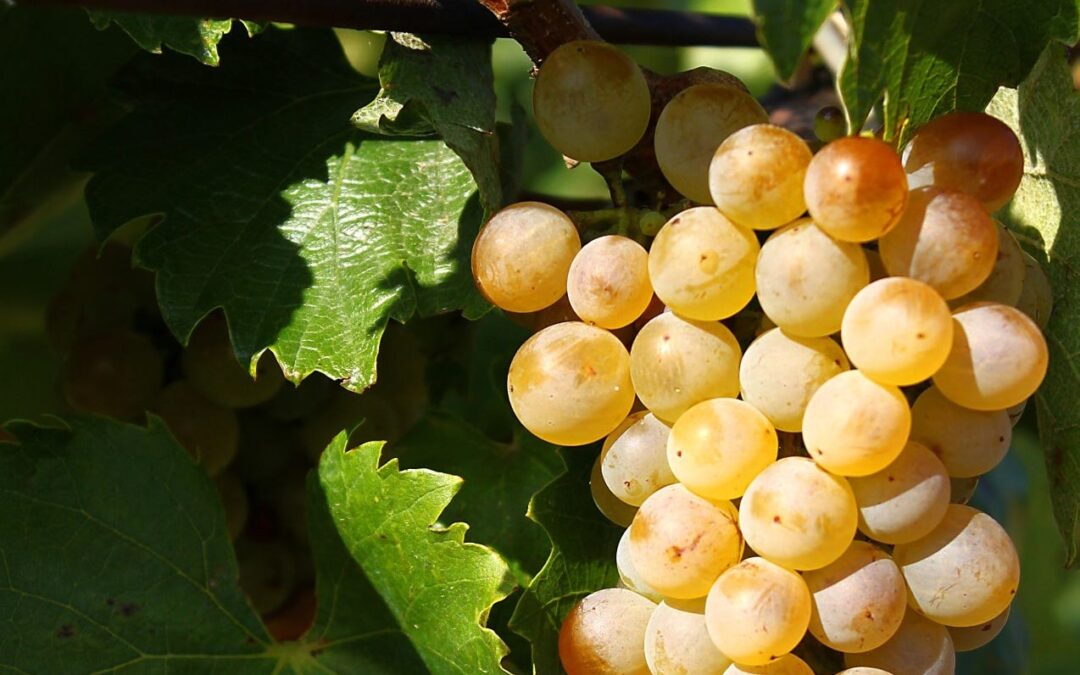
by lspeed | Aug 24, 2025 | DECODING GRAPES: FROM VINES TO VINTAGE
Furmint is Hungary’s most historically and viticulturally significant grape variety. Native to the Carpathian Basin, it is closely tied to the Tokaj region in northeastern Hungary, where it underpins both sweet and dry wines. While its fame rests on the botrytized Tokaji Aszú, a wine praised since the 17th century, recent decades have seen growing interest in dry Furmint styles that highlight the grape’s structure and longevity.
Furmint likely originated in Tokaj, though genetic studies suggest links to Gouais Blanc and some Balkan varieties. The name may derive from the French froment, meaning wheat, a nod to the grape’s golden hue at ripeness. Historical mentions date back to the 13th century; by the 16th, it had become the region’s dominant white variety.
Furmint’s defining trait is its high acidity, which makes it ideal for late-harvest and botrytized wines. In Tokaji Aszú, it is typically blended with Hárslevelű and Sárgamuskotály (Muscat Blanc à Petits Grains), but Furmint provides the backbone due to its structure and ability to retain freshness. These wines, among the first to be classified in the world, were once favored in European royal courts.
Under socialist-era winemaking, sweet wines remained the focus, but Hungary’s post-communist wine revival brought a shift. Small producers began crafting dry Furmint, drawn to its thick skins, low yields, and sensitivity to terroir. These dry wines often show notes of green apple, quince, citrus peel, and sometimes a smoky or saline edge, especially from vineyards on Tokaj’s volcanic soils.
The grape thrives in Tokaj’s continental climate, with long autumns ideal for noble rot. It ripens late and is prone to mildew and botrytis, requiring careful vineyard work. Commonly planted on volcanic and loess soils, Furmint expresses site-specific minerality, making it appealing to producers focused on single-vineyard bottlings.
Though Tokaj is its heartland, Furmint is also grown in Somló and around Lake Balaton. Some Austrian and Slovak producers have experimented with it, but Hungary remains its core.
Today, Furmint is undergoing a quiet transformation. Improved clonal material, vineyard management, and vinification techniques are expanding its range. While its legacy is tied to sweet Tokaji, its future may lie equally in its dry, structured, age-worthy expressions.
Image Credit: https://wikimedia.org
_ _ _
© CHURRASCO PHUKET STEAKHOUSE / ALL RIGHTS RESERVED
Reprinting, reposting & sharing allowed, in exchange for a backlink and credits
Churrasco Phuket Steakhouse serves affordable Wagyu and Black Angus steaks and burgers. We are open daily from 12noon to 11pm at Jungceylon Shopping Center in Patong / Phuket.
We are family-friendly and offer free parking and Wi-Fi for guests. See our menus, reserve your table, find our location, and check all guest reviews here:
https://ChurrascoPhuket.com/
#Churrascophuket #jungceylon #phuketsteakhouse #affordablewagyu #wagyu


